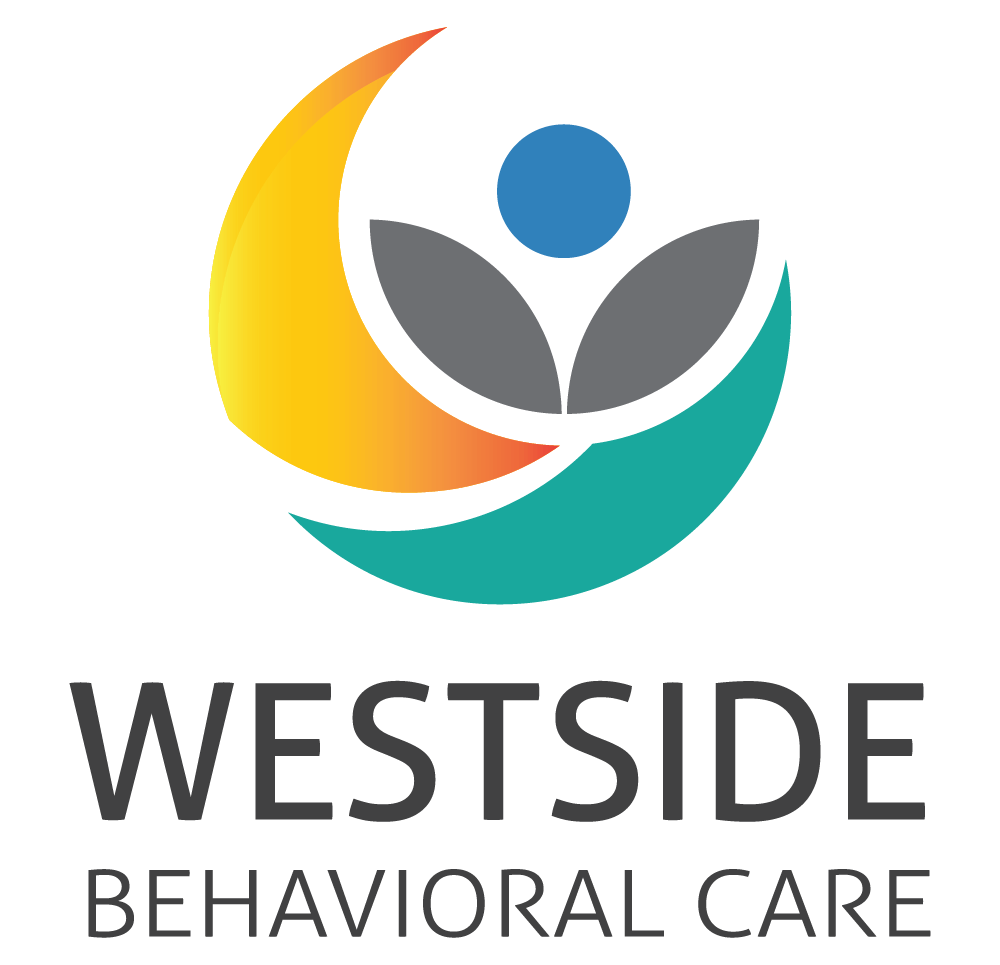
“There are few things worse than putting a child with bipolar illness on stimulants,” said Kay Redfield Jamison, PhD. Jamison, professor of psychiatry at Johns Hopkins University School of Medicine and author of An Unquiet Mind: A Memoir of Moods and Madness and Night Falls Fast: Understanding Suicide, detailed what is known, and what psychologists are still learning, about bipolar illness.
She is particularly concerned about today’s treatment and diagnosis of bipolar disorder. According to Jamison, gathering a patient’s family history is extremely important in deriving the right diagnosis, but as the story of the 8-year-old boy illustrates, it is still sometimes neglected. Because manic depression has a very strong genetic component, she said, “it is important to take a very thorough family history of mood disorder and suicide, in addition to inquiring about mood liability, irritability, euphoria, history of euphoria, hypersexuality and grandiosity–in other words the classic symptoms of mania, racing of thoughts, lessening of sleep.
“Some of these things seem very straightforward, but it’s amazing how many people don’t ask them of kids before they just put kids on Ritalin.” Jamison said that the most common diagnosing error in bipolar illness is to miss one of the forms of mania or irritability and to assume the child has major depression rather than bipolar illness.
ADHD is also a common differential call. Because 60 percent of those who have bipolar illness have a history of drug or alcohol abuse, it can be difficult to diagnose because patients may be self-medicating. Also, some patients with personality disorders, such as antisocial behavior and borderline personality disorders, occasionally are confused because of their impulsive and chaotic nature.
Treatment of manic depressive illness has been changing with the frequent entry of new anticonvulsants into the marketplace, Jamison said. But she added that “quite a few of us are longing to get back to considering lithium because of its anti-suicide effects,” noting that suicide is the third-leading cause of death in 15- to 19-year-olds.
Jamison also believes it’s important to keep bipolar disorder in the context of lifetime illness. “Probably the greatest clinical mistake in treating bipolar illness and depression is just treating a single episode,” she said, “because you may treat a single episode relatively effectively and actually worsen the long-term course.”
Although she said psychotherapy is very effective in bipolar illness, “it’s not effective in keeping people from getting ill, it’s effective in helping people to cope with the illness and getting them to stay in their treatment.” Acknowledging that the indiscriminate use of antidepressants is a problem, she said “the other side of that is the judicious use of medications and psychotherapy, which can make a real difference in both bipolar illness and in preventing its worst outcome, namely suicide.”
Westside Behavioral Care therapists treat children and adolescents with depression, bipolar, personality and other mental health disorders. You can search for a therapist on our website based on treatment needed and location.
Ken Krehbiel is a writer in Washington, D.C. From the American Psychological Association


